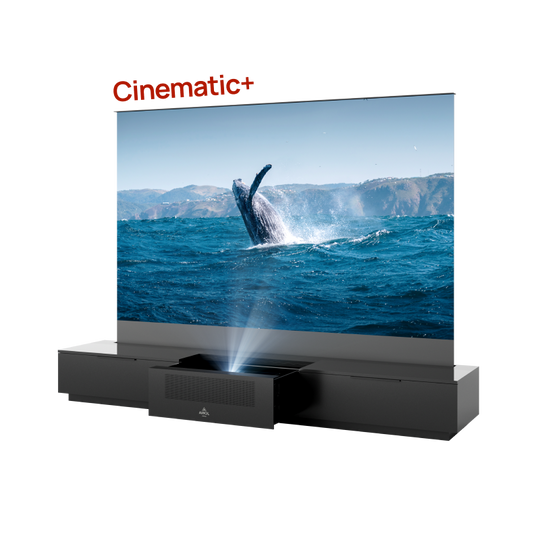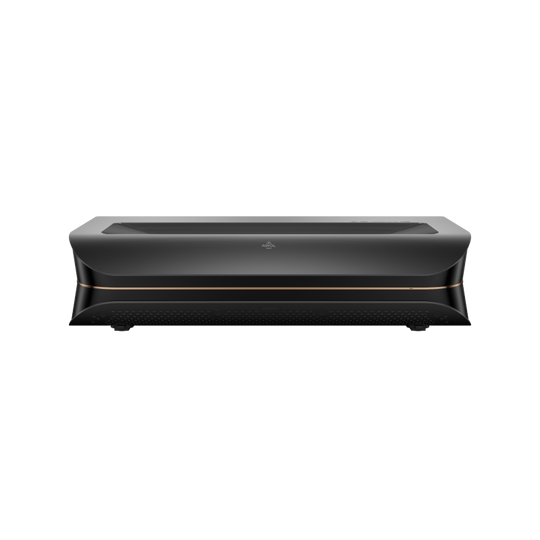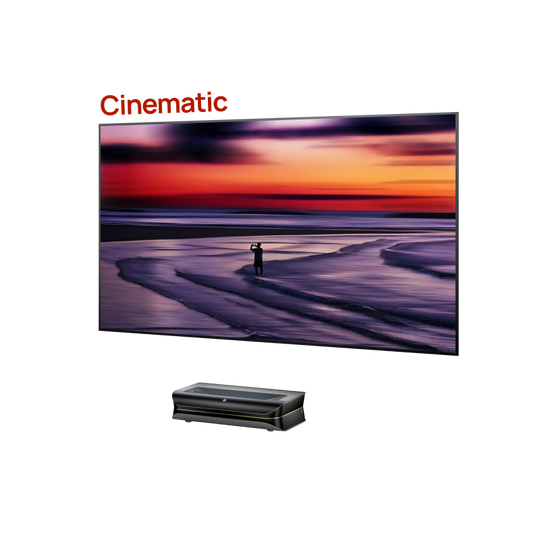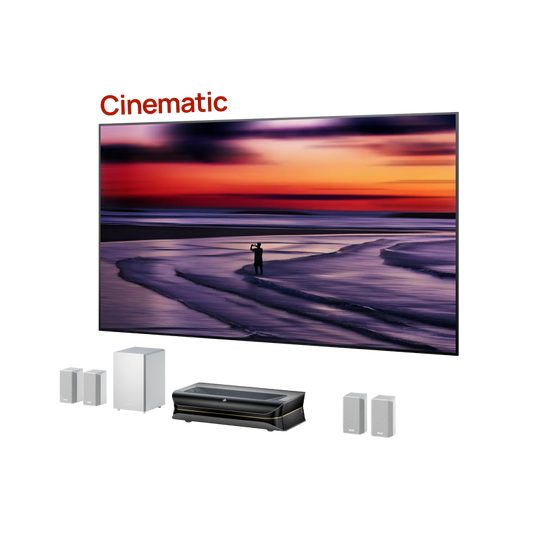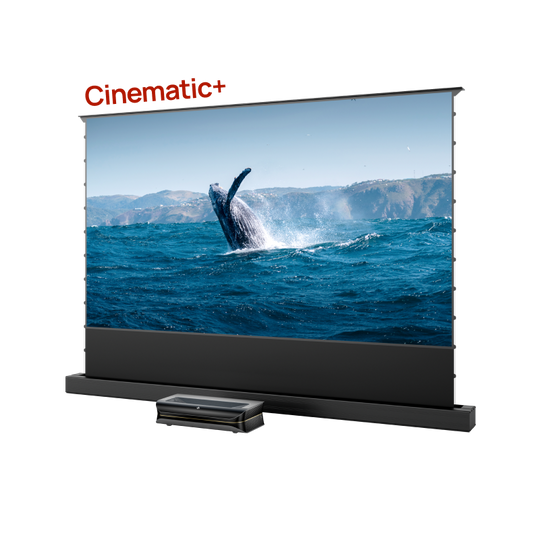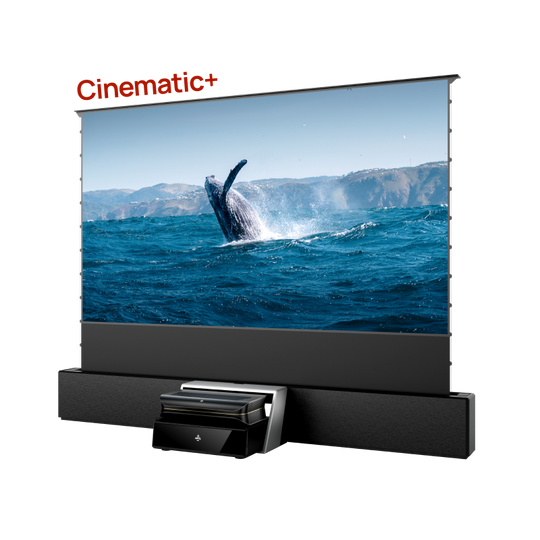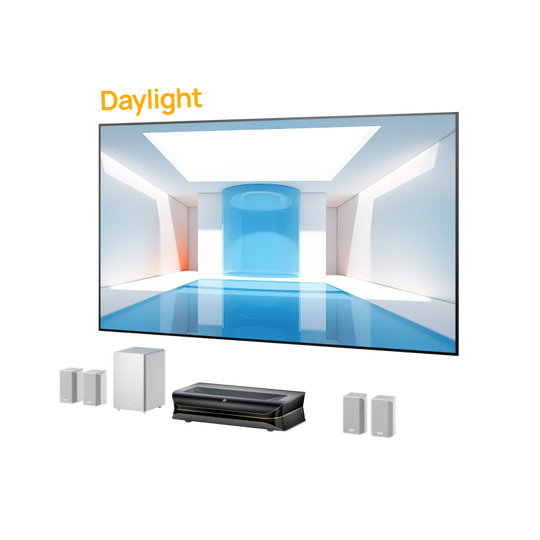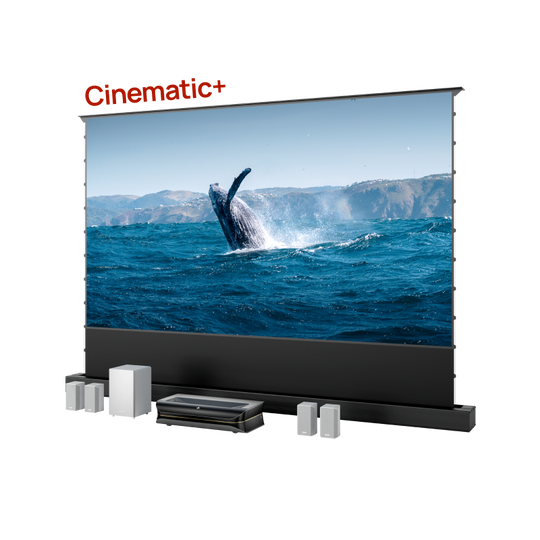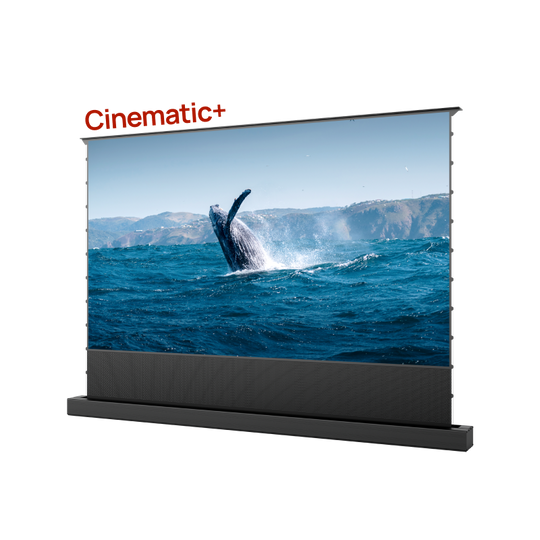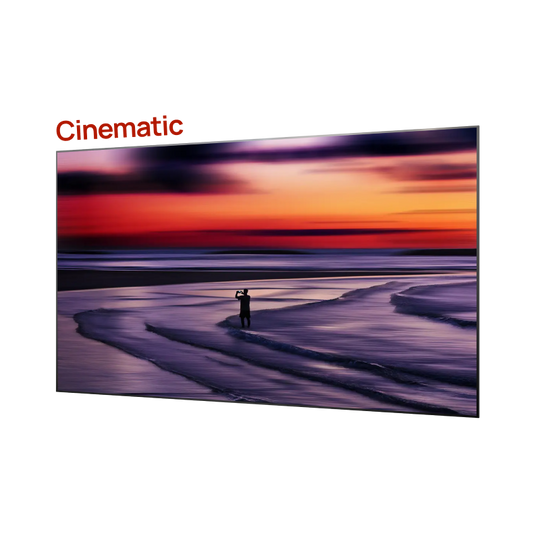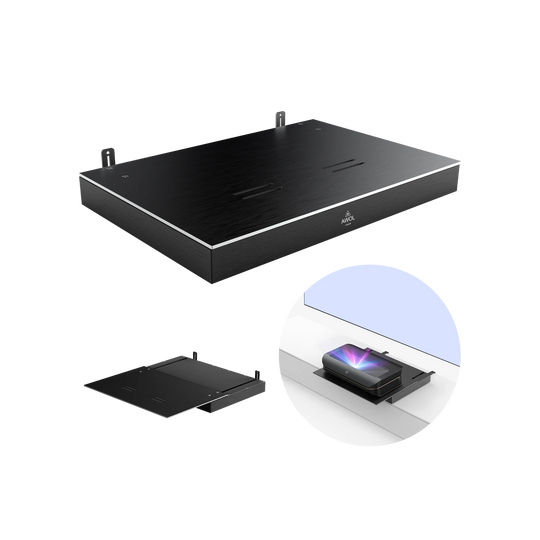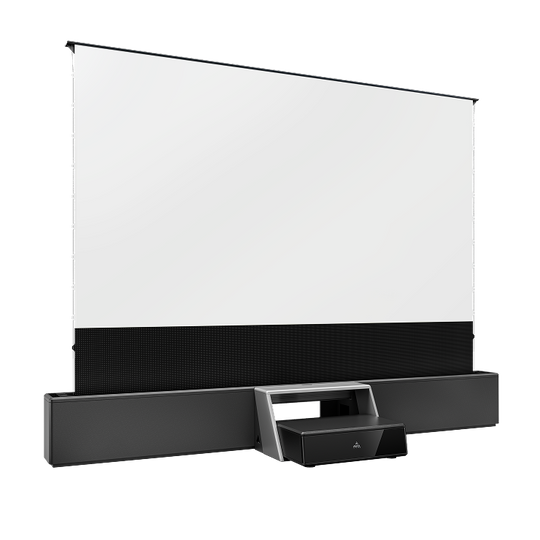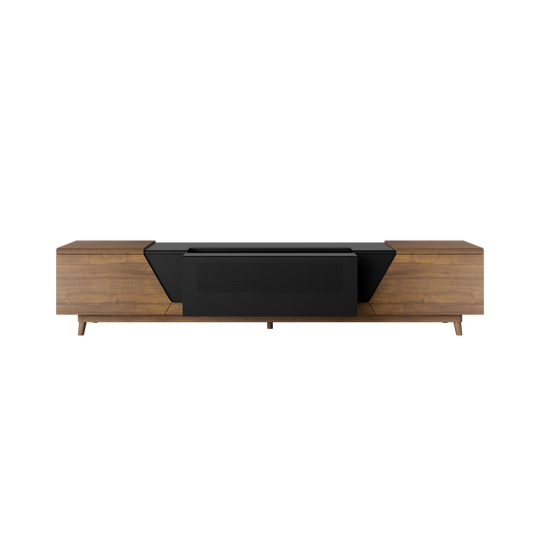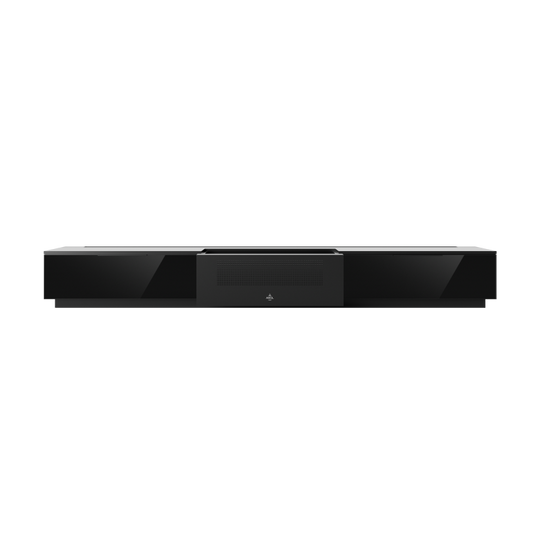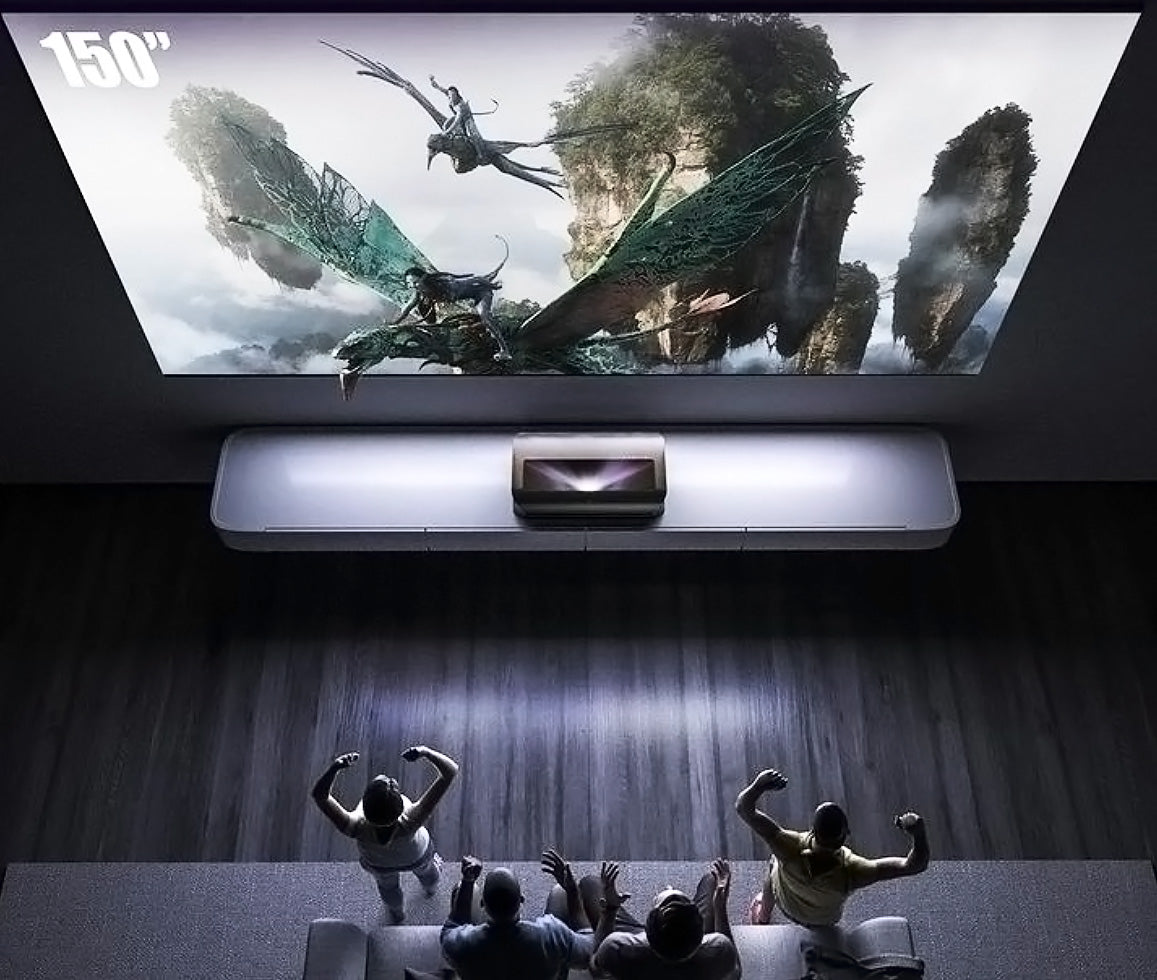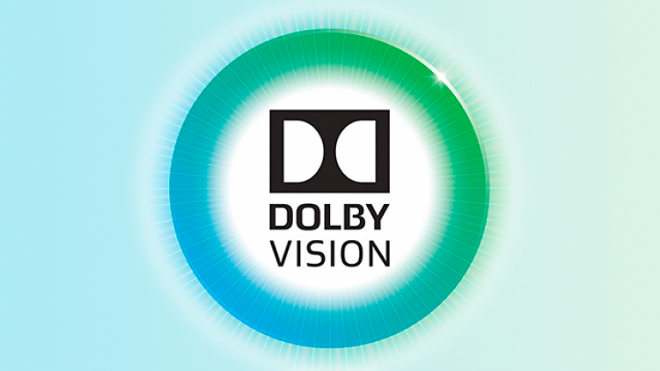Projector screens have undergone a remarkable evolution over the years, transforming from simple white fabric surfaces to advanced CLR (Ceiling Light Rejecting) technology screens. This journey of innovation has revolutionized the way we experience projected images, offering exceptional clarity, contrast, color accuracy and versatility.
Let's take a closer look at the evolution of projector screens and the groundbreaking advancements brought by UST ALR (CLR) technology.
Classic White Fabric Screens: The Early Days
In the early days of projectors, classic white fabric screens were the standard choice for projection enthusiasts. These screens provided a neutral surface that reflected light evenly, ensuring adequate brightness and color balance.
Also, the somewhat textured surface of the white fabric could not accommodate high-resolution images, but it was not necessary as the projectors at that time had much lower resolution than today's.
Introduction of ALR (Ambient Light Rejecting) Screens
As the demand for enhanced home theater experiences surged, so did the need for projection screens capable of delivering superior image quality in various lighting environments. This demand led to the development of Ambient Light Rejecting (ALR) screens. These screens are equipped with specialized optical PVC coatings designed to reject ambient light from specific angles while preserving image integrity.
By minimizing theoretical gain through grey-colored surfaces and maximizing actual gain with high-reflective multi-layer coatings, ALR screens significantly improve contrast and color accuracy, making them ideal for both home theater setups and spaces with less controlled lighting conditions.
UST ALR (CLR) Screens: A Game-Changing Innovation
The latest milestone in the evolution of projection screens is the emergence of Ultra Short Throw Ambient Light Rejecting (UST ALR) screens, often referred to as CLR (Ceiling Light Rejecting) screens. These screens are specifically engineered and optimized only for UST Laser TV projectors (which can be placed mere inches away from the screen surface).
UST ALR screens take ambient light rejection to the next level by boasting advanced optical materials and surface coatings that not only reject ambient light but also maintain excellent image quality even in strong brightly lit environments.

Their ability to deliver vibrant colors, deep blacks, and enhanced contrast has revolutionized the whole home theater experience, offering unparalleled picture quality and versatility.
Let's delve into the revolution brought by UST ALR screens and how they are reshaping our viewing experience.
UST ALR (CLR) Technology: Behind the Fabric Technology
The fabric used in these screens is a sophisticated product of nanotechnology, yet its initial concept is relatively straightforward. Thousands of horizontal blades, positioned at a 45-degree angle, ensure precise light direction from the Laser TV projector straight to the viewer's eyes while deflecting any external light sources.

Beneath these blades lies a specialized ALR PVC material, typically with a reflecting factor between 0.5-0.6 (Screen Gain), facilitating optimal image projection. Meanwhile, a specialized black material atop the blades absorbs ambient light, ensuring minimal interference in the projected image.

With over five layers comprising its construction, CLR fiber epitomizes the pinnacle of technological advancement in the projection industry.
Let's highlight the most important key features of CLR screens
Ultra Short Throw Compatibility: UST ALR screens are specifically designed for UST Laser TV projectors, which can be placed very close to the screen, often just inches away. This setup eliminates the need for long throw distances, making UST ALR screens ideal for smaller spaces where traditional projector setups may not be feasible.
Ambient Light Rejection: The primary advantage of UST ALR screens lies in their capability to reject ambient light, ensuring superior image quality even in brightly lit environments. With the ability to reject over 90% of ceiling light and a total of more than 70% of side ambient light, this fiber technology represents a significant leap forward that home theater enthusiasts have been eagerly anticipating for years. This exceptional ambient light rejection feature makes UST ALR screens perfect for multipurpose spaces or living rooms where controlling ambient light may pose a challenge.
Contrast Boost and Color Accuracy: UST ALR screens excel in minimizing the impact of ambient light, resulting in enhanced contrast and color accuracy, thereby delivering a more immersive viewing experience. With colors appearing more vibrant, details sharper, and blacks deeper, every scene comes to life with stunning clarity. Experiencing the overall image quality boost that CLR technology offers firsthand is essential to fully comprehend its transformative power.
Wide Viewing Angles: Another remarkable aspect of UST ALR screens is their expansive viewing angles, guaranteeing consistent high-quality visuals for everyone in the room, irrespective of their seating position. These screens provide viewing angles exceeding 150 degrees, a feat that may seem unreal but delivers unparalleled immersion, making them an ideal choice for gatherings or family movie nights.
Versatility: UST ALR screens are incredibly versatile and can be used in various settings, including home theaters, living rooms, classrooms, and conference rooms. Their ability to maintain image quality in diverse lighting conditions makes them a popular choice for both residential and commercial applications. Furthermore, the option to tailor the fabric of this technology to fixed-frame or retractable electric screens enhances overall flexibility, presenting superb customization possibilities for any environment imaginable.
Seamless & Smooth Surface: Another key benefit of CLR screens is the seamless smoothness and the absolute flatness of their fabric construction material. This construction quality ensures that there are no hindrances for the microscopic photons of the projected millions of pixels (8,294,000 pixels on 4K resolution), preserving the clarity and sharpness of the final image as it reaches our eyes. By eliminating any imperfections that might arise from fabric irregularities, CLR screens outperform any other surface in this regard, making them especially suited for higher-resolution viewing, including the anticipated future 8K UHD technology.
UST ALR (CLR) Screens: Maximizing the Laser TV Home Theater Experience

Overall, CLR screen technology represents a significant advancement in projection screen design and evolution, offering enhanced image quality and versatility in a wide range of viewing environments. By effectively rejecting ambient light and preserving image integrity, CLR screens provide viewers with a superior visual experience that rivals traditional projection screens in brightness, contrast and color accuracy.
Incorporating a CLR screen into your Laser TV setup ensures the highest quality viewing experience.
AWOL Vision

